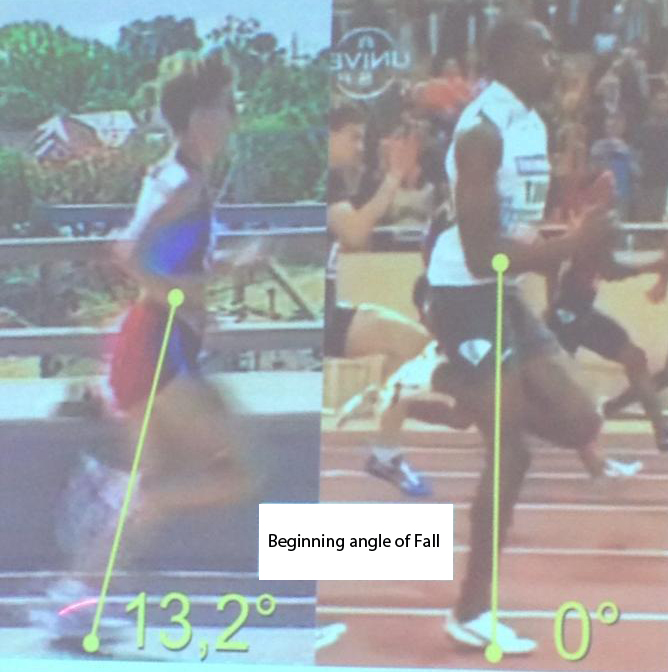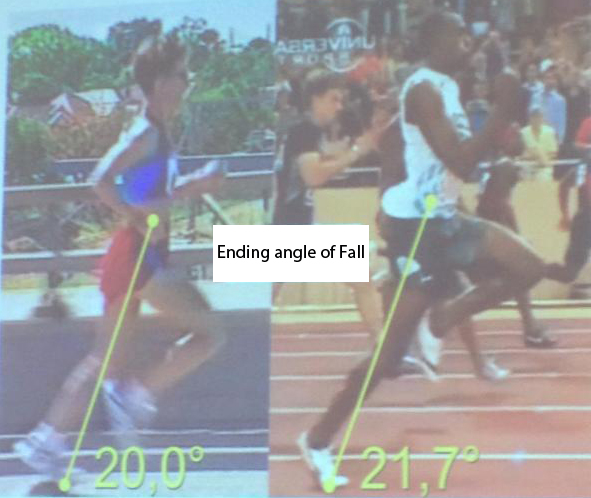
Free Falling
Recall from where we left off in the previous entry that "from this Pose position, the runner stands on the precipice, ready to give himself to gravity and begin falling forward at 9.8m/sec./sec. into the next stride."
Still, opinions abound with regard to the propulsive phase in running. Where and how it happens continues to fuel heated exchange between authorities, with perhaps their sole agreement being that it occurs during ground contact. I've documented this before as part of "Correct Running Form," but let's have another go anyway.
The Fall
From the Pose Method perspective, the drive in running comes from gravitational torque, rather than by muscular efforts. In short, muscle elasticity (quads/calves) lifts the body in a fraction of the second following mid-stance, and muscle activity (glutes and hamstrings) stabilizes the body through the duration of the fall. This just happens for every runner. Small children do it naturally, and the most highly-coached runners do it often in spite of their training. The fall is how we redirect the downward pull of gravity, and translate rotational motion into horizontal movement.
Once the runner reaches the Pose position, he immediately begins falling forward like a felled tree. This occurs in an instant, and within a narrow range. Imagine a pie slice between 12:00 and 12:04 on an analog clock face. That's our usable range of fall -- 0° to 22.5°. Some use more than others.
In Your Mind's Eye
Picture this: The runner holds the Pose position, and tilts forward on the ball of the foot. Note that the heel comes off the ground as the runner pivots on his support (BOF) through his speed appropriate range of fall. This fall continues until the Pose position is dissolved. That happens when support ends, meaning when ground reaction drops below "one bodyweight." This is seen when the swing foot is untucked and begins reaching for the ground.
In Actuality
See it in sequence, from here...

Beginning Angle of Fall
To here...

Ending Angle of Fall
Notice the runner on the left doesn't reach the Pose position until she's drifted some 13° past the vertical, limiting her acceleration to less than 7° of fall. The runner on the right reaches the Pose position at the vertical moment, and is accelerated from there (0°) through almost 22° of fall.
In Fact
Every runner does this -- there's no way around it. Ultimately, no one runs until they fall. The fall, then, is the second invariable component of running.
Next, we Pull It All Together ("Running Form: Simplified -- Part 4").
For more by Christopher Drozd, click here.
For more on fitness and exercise, click here.